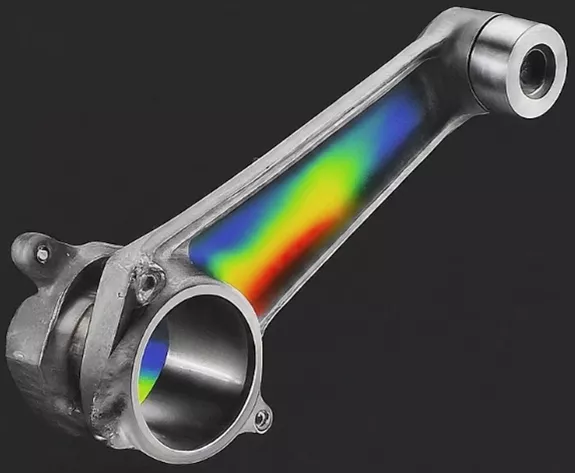Understanding Finite Element Analysis (FEA)
12 December 2024
Introduction
Finite Element Analysis (FEA) is a computational technique used to predict how objects will react to external forces, vibrations, heat, and other physical effects. By breaking down a complex structure into smaller, manageable pieces called finite elements, FEA allows engineers to simulate and analyze the behavior of materials and structures under various conditions. This method is widely used in engineering fields such as aerospace, automotive, civil, and biomedical engineering to optimize designs, improve performance, and ensure safety.

